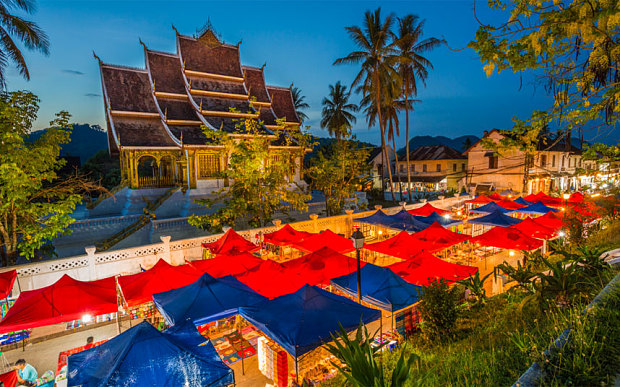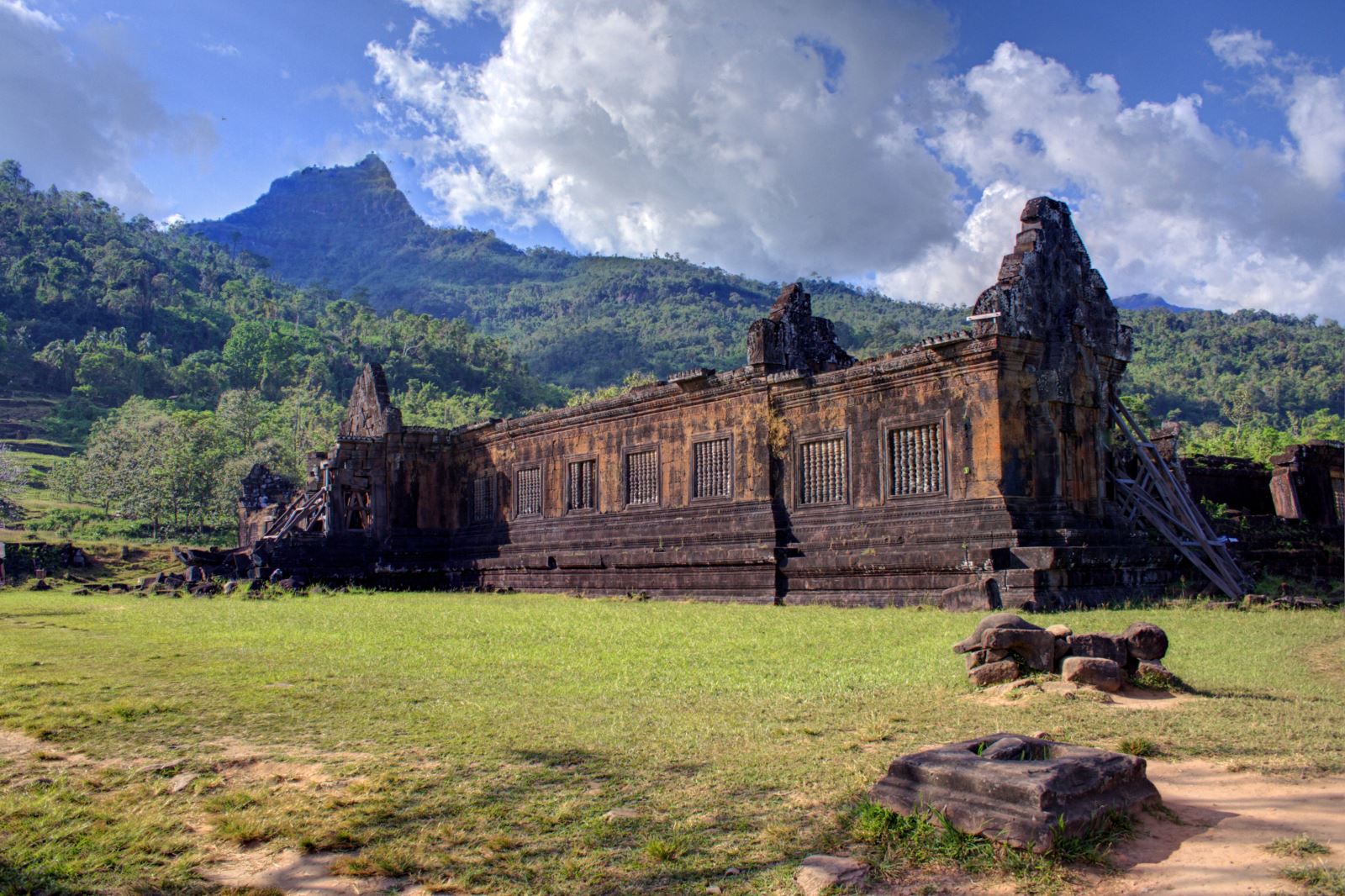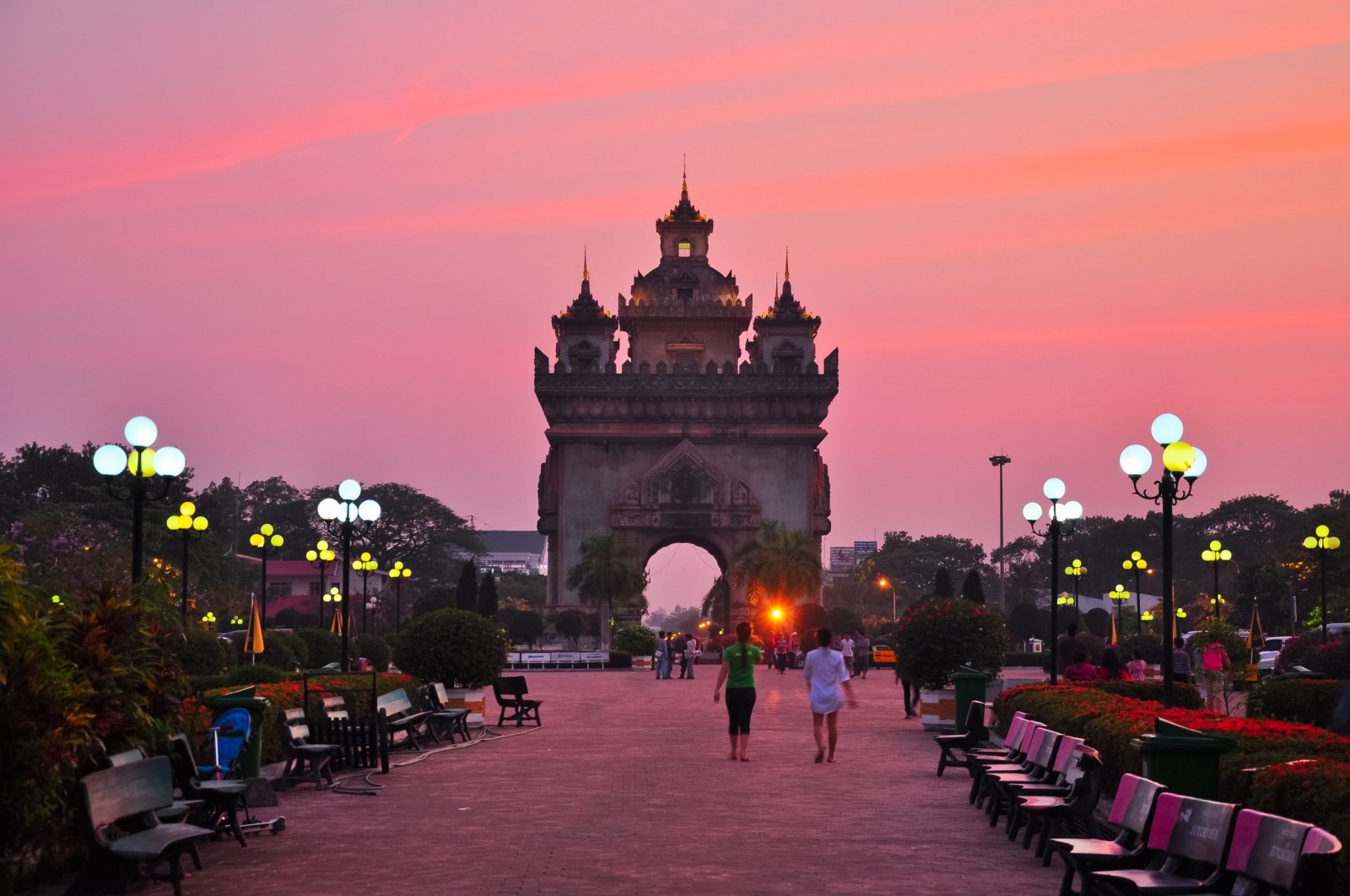Luang Prabang

The ancient town of Luang Prabang situated in northern Laos, was designated a UNESCO World Heritage Site in 1995. Considered by many travellers and writers as being the heart of Laotian culture, the tiny town is encircled by mountains and is 700 metres above sea level at the confluence of the Nam Khan and Mekong Rivers.
Luang Prabang was the ancient royal capital of the Lan Xang Kingdom until King Phothisarat moved the administrative seat to Vientiane in 1545. The town's entire historical section is dedicated to tourism, with everything from former royal palaces to over 33 Wats (temples), on the tourist trail. This former Royal capital still remains the main centre for Buddhist learning in Laos and is the perfect location for spiritual contemplation.
Cascading waterfalls, scaling peaks and the milky-brown waters of the Mekong River provide ample opportunity to swim, climb and sail your way through Luang Prabang. It is only as recent as 1989 that Laos opened up to tourism and the country that had previously been cut off from the rest of Southeast Asia developed a small but steady economy, based on tourism and regional trade.
Xieng Khouang

In the northeast of Laos, lying across a flat high plateau is the province of Xieng-Khouang, most commonly known for the intriguing ‘Plain of Jars’. The hundreds of giant stone jars, some as large as 3.25 metres high are strewn all over the plateau –carved out of solid hunks of rock from surrounding mountains, no one really knows why they are there. Theories range from the view that they were made to store wine for a huge party to celebrate the conquest of Pakhanh City (Xieng Khouang). Other archeologists believe they were made to store dead human bodies, as was the practice of ancient believers. No one really knows.
The hot springs at Meuang Kham district are worth visiting, and Tham Piu cave is a sobering historical site, used as a bomb shelter by the villages during the Vietnam War. The province has a total population of around 200,000. Because of the altitude (average 1,200m) in Xieng Khouang, the climate is not too hot in the cool season and not too wet in the rainy season. Consisting of elevated green mountains and luxuriant valleys, the beautiful landscape is somewhat marred by the bomb craters. The war debris and unexploded bombs that are spread across the central and eastern areas of the province are the deadly legacy of the Vietnam War.
Champasak

Champasak was once, 1400 years ago, the centre of power in the lower Mekong basin, later a revered outpost of the Khmer Angkor Empire and later still one of the three kingdoms to rule over the remains of Lane Xang. A fine heritage that, according to the last prince of Champassak, was brought to hard times by a former queen's indiscretion.
Though the Kingdom of Champasak prospered for a while after the final dissolution of Lane Xang, at the beginning the 18th century, its fortunes faltered quickly and it was reduced to a vassal state of Siam before the century had passed. For its part in Chao Anou's abortive attempt to win freedom from the Siamese for the Lao kingdoms, Champasak lost all of its territory east of the Mekong. Under French rule the once mighty kingdom became a mere administrative block; its royalty stripped of many of its privileges.
Vientiane

Vientiane shares little in the way of common ground with its neighbouring capitals such as Hanoi or Bangkok. Gleaming skyscrapers, droves of rickshaws and legions of street vendors are few and far between in 'Southeast Asia’s biggest village'.
The central boulevard is reminiscent of the Champ Elysees, another telling sign of the city's French heritage. Vientiane is relatively small so moving around can de done with ease. Accessing sights such as Wat Sisaket, That Luang and Buddha Park, can be done by hiring a song-teow, a pushbike or even going on foot. As for dining out; fringing the Mekong River there are an abundance of inexpensive food choices with everything from Indian, Thai, French, and Mediterranean readily available.
Here, plentiful accommodation along with a leisurely nightlife adds up to a pleasant location to visit and enjoy. When in Laos, do as the Laos do and the slow the pace right down. A common joke is that acronym PDF (Peoples Democratic Republic) actually stands for ‘Please Slow Down’. A word of warning to the anally punctual, the country is decidedly laid back and some visitors may mistake this for a lack of ambition or impolitesse but regardless, it's best not to expect things to run like clockwork.
Savannakhet
.jpg)
Savannakhet is located in the south of Laos on the banks of the Mekong River, neighboring Thailand and Vietnam. Its name originally comes from Savanh Nakhone, meaning ‘City of Paradise’. Savannakhet is approximately a six to seven-hour drive from Vientiane. The road trip is an opportunity to view the Mekong River scenery and the spectacular hills along the way. On the other hand, the city can also be reached via the Thai-Lao Friendship Bridge from Mukdahan, Thailand.
Kaysone Phomvihane, the capital province, was named to honour the greatest leader of Laos (its former name was Khanthabouli). Savannakhet is the second largest city of Laos and home to various ethnic groups including Laotian, Thai, Chinese, Vietnamese and more. The city features a number of tourist attractions like the famous sacred Buddhist site – That Ing Hang Stupa and most the town's architecture is French Colonial. There are some small restaurants and cafés alongside the Mekong River downtown, and even in smaller villages upriver.











